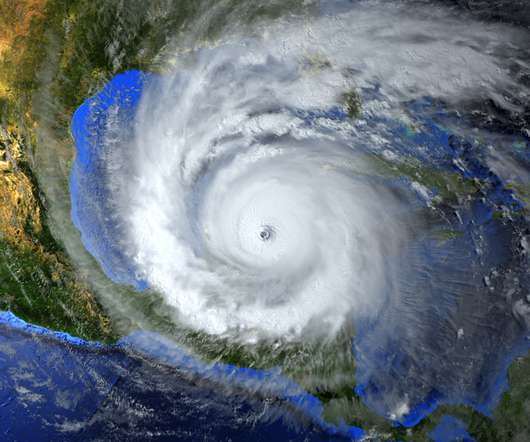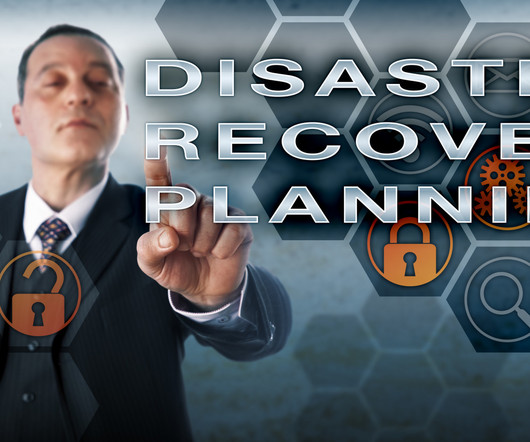Top 10 Resources to Help You Become a BCM Ninja
MHA Consulting
JANUARY 26, 2023
All you have to do is take the initiative and go get it. Top 10 BCM Resources All that being said, here are my top 10 resources to help you become a ninja-level BCM practitioner: 1. Talks about the need for business to be prepared for three types of hazards, natural, human-caused, and technology-related.

















Let's personalize your content